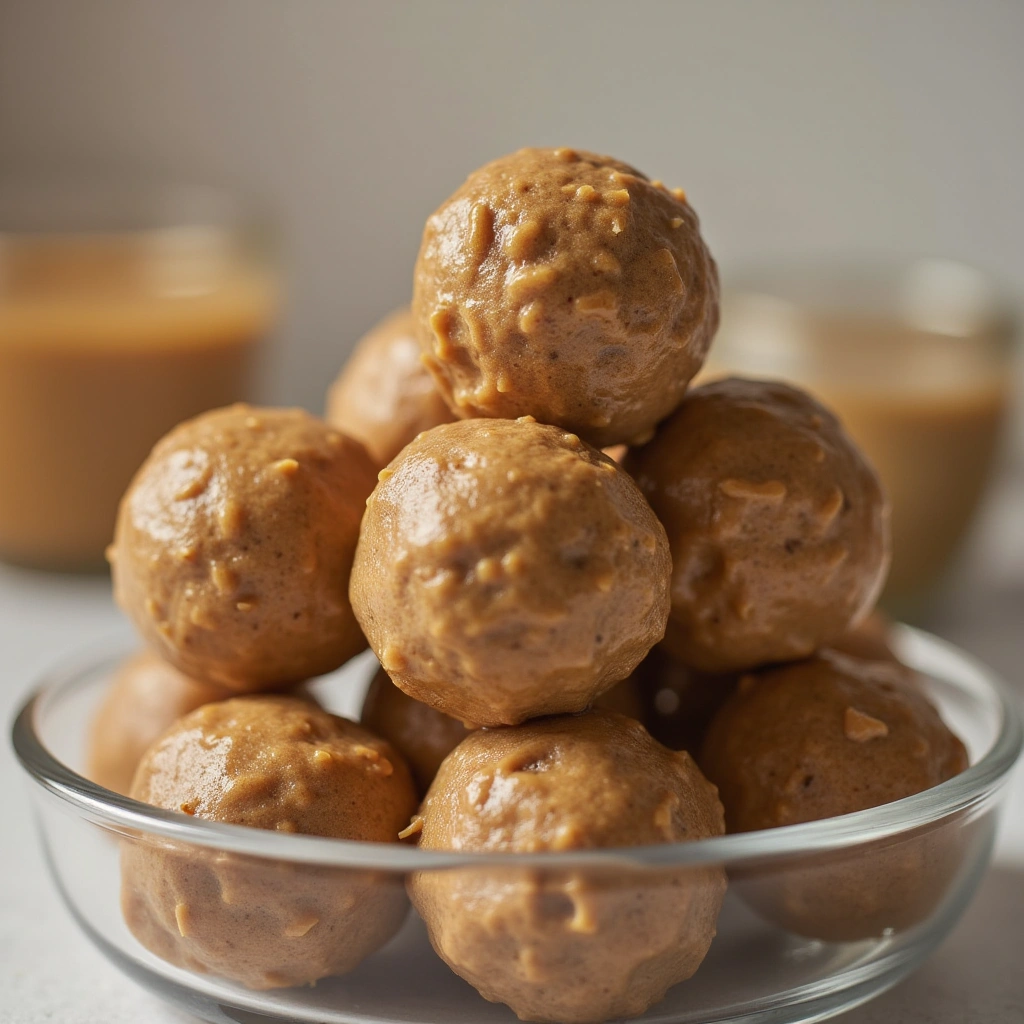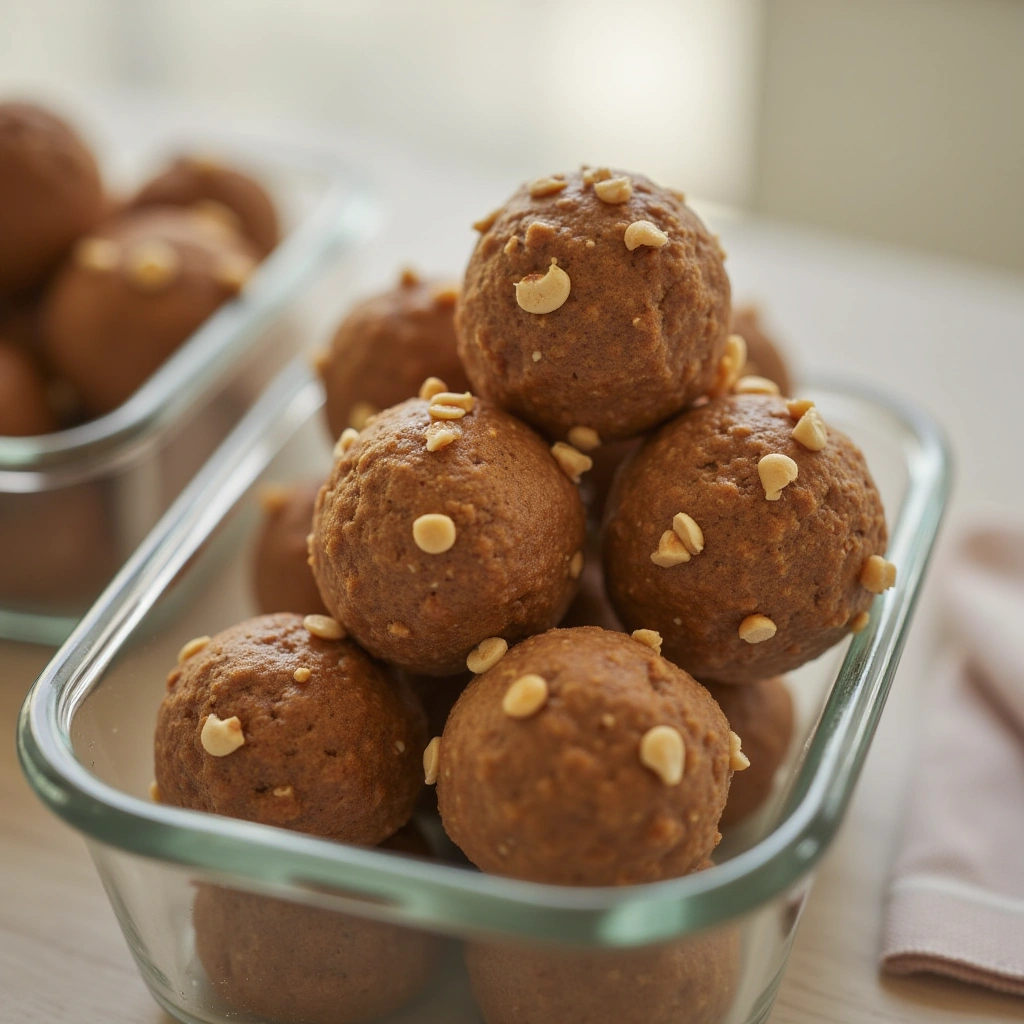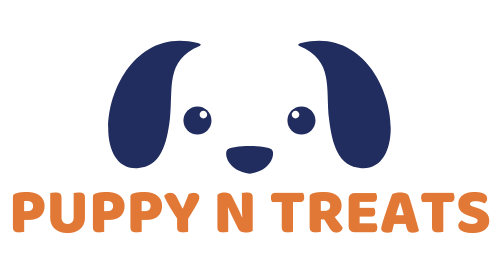Hey friends! If you’ve ever wondered about making peanut butter balls for dogs, you’re in the right place. I’ve spent years researching and testing recipes to find the best, healthiest, and most delicious peanut butter treats your furry friend will adore. Today, I’m excited to share everything you need to know!
So, what exactly are peanut butter balls for dogs? These are homemade, bite-sized treats made primarily from dog-safe peanut butter and other wholesome ingredients. They are easy to make, packed with nutrients, and perfect for training or just spoiling your pup. Peanut butter balls are safe when made with the right ingredients and can be customized to fit your dog’s dietary needs.
Stick around as I walk you through the benefits, safety tips, and multiple tasty recipes for peanut butter balls that will keep your dog happy and healthy. Plus, I’ll share expert tips to make these treats a staple in your dog’s diet!
What Are Peanut Butter Balls for Dogs?

Imagine a treat that’s small, tasty, and packed with nutrition — that’s exactly what peanut butter balls for dogs are. These little bites are typically made by combining natural peanut butter with healthy fillers like oats, pumpkin, or flaxseed. They’re designed to be safe and enjoyable for dogs, providing a fun alternative to store-bought snacks that often contain preservatives and artificial ingredients.
Peanut butter balls are easy to customize for dogs with allergies or sensitivities, and they make perfect training rewards or weekend spoiling snacks. The creamy peanut butter flavor is irresistible for most dogs, making these treats a big hit.
Want to learn how to make different versions of these peanut butter balls? Keep reading for recipes, health benefits, and safety advice!
Why Peanut Butter Balls Are a Great Choice for Dogs

Peanut butter balls combine taste with health benefits, making them a popular choice among dog owners. Here’s why they work so well:
- Protein-packed: Peanut butter provides a good source of protein and healthy fats.
- Energy Boosting: Great for active dogs needing quick energy.
- Easy to Make: Requires only a few simple ingredients.
- Customizable: You can adjust ingredients to suit your dog’s health needs.
- Training Friendly: Small size makes them perfect for frequent rewards.
But, not all peanut butter is created equal — choosing the right type is crucial for your dog’s safety.
Choosing the Right Peanut Butter for Your Dog

One major gap I noticed in many articles is the lack of detailed info on the peanut butter itself. Not all peanut butter brands are safe for dogs. Avoid any that contain xylitol (a sweetener toxic to dogs), added sugar, salt, or artificial preservatives.
Here’s what to look for:
- Natural peanut butter: Only peanuts, maybe a bit of salt.
- No xylitol: Always check the label.
- Unsweetened and unsalted when possible.
Brands like Smucker’s Natural or homemade peanut butter are excellent choices. Always introduce peanut butter gradually to check for allergies.
Peanut Butter Balls Recipe 1: Classic Oat and Peanut Butter Balls

This classic recipe works because it balances taste and nutrition perfectly. Oats add fiber and slow-digesting carbs, while peanut butter delivers protein and fats.
Ingredients:
- 1 cup natural peanut butter
- 1 cup rolled oats
- 2 tablespoons honey (optional, for dogs without diabetes)
- 1/4 cup ground flaxseed
Health Benefits:
- Oats: Support digestion and provide sustained energy.
- Flaxseed: Rich in omega-3 fatty acids for skin and coat health.
- Peanut Butter: Protein and healthy fats.
Tip:
Make sure to use oats that are plain and not flavored or sweetened. Roll the mixture into small balls and refrigerate for 30 minutes before serving.
This recipe suits most dogs and works great for both modern and traditional home environments, as it uses simple pantry staples. Next, let’s explore a pumpkin-infused peanut butter ball that’s perfect for fall.
Peanut Butter Balls Recipe 2: Pumpkin Peanut Butter Delights

Pumpkin is a fantastic addition for dogs with sensitive stomachs. It’s loaded with fiber and vitamins.
Ingredients:
- 1 cup pure pumpkin puree (no additives)
- 1/2 cup natural peanut butter
- 1 cup oat flour
- 1 tablespoon cinnamon (optional)
Health Benefits:
- Pumpkin: Helps regulate digestion and is rich in antioxidants.
- Cinnamon: Can help regulate blood sugar (use sparingly).
- Peanut Butter: Adds flavor and protein.
Tip:
Use pumpkin puree, not pumpkin pie filling, to avoid added sugars and spices. This recipe is perfect for dogs with digestive issues and works well in homes with a natural, health-conscious vibe.
Up next, I’ll share a grain-free recipe that’s great for dogs with allergies or sensitivities.
Peanut Butter Balls Recipe 3: Grain-Free Coconut Peanut Butter Treats

For pups that need grain-free snacks, coconut flour is a fantastic, digestible alternative. Plus, coconut oil adds extra health benefits.
Ingredients:
- 1 cup natural peanut butter
- 1/2 cup coconut flour
- 1 tablespoon coconut oil
- 1 egg (optional, for binding)
Health Benefits:
- Coconut Flour: Low-carb, grain-free fiber source.
- Coconut Oil: Supports skin, coat, and immune health.
- Peanut Butter: Protein and healthy fats.
Tip:
If your dog has egg allergies, skip the egg and add a tablespoon of water to help bind the mixture. These treats have a tropical vibe and work well in modern homes focused on holistic pet care.
How to Store Peanut Butter Balls Safely

Many articles overlook storage tips, but they’re essential for maintaining freshness and safety. Here’s how to keep your peanut butter balls perfect:
- Refrigerate: Store in an airtight container for up to two weeks.
- Freeze: Freeze in portions for up to three months.
- Serve chilled: Dogs often enjoy these cold, especially on warm days.
Avoid leaving peanut butter balls out too long to prevent spoilage, especially if they contain eggs or fresh ingredients.
Are Peanut Butter Balls Safe for All Dogs?

Great question! While peanut butter balls are generally safe, a few precautions are necessary:
- Avoid xylitol: Never use peanut butter with xylitol.
- Watch for allergies: Some dogs are allergic to peanuts.
- Moderation is key: Too many can lead to weight gain.
- Consult your vet: Especially if your dog has diabetes, pancreatitis, or other health issues.
If your dog is prone to allergies, start with a small amount and monitor for reactions.
Peanut Butter Balls as a Training Reward

One of the best uses of peanut butter balls is as training treats. Their small size and irresistible taste make them perfect for rewarding good behavior without overfeeding.
Here’s how to make training easy:
- Roll balls small (about the size of a pea).
- Use only during training sessions.
- Combine with verbal praise.
This keeps your dog motivated and helps control calorie intake.
Peanut Butter Balls for Senior Dogs

Older dogs often need softer treats and specific nutrients to support aging joints and digestion. Peanut butter balls can be adapted easily:
- Use oat flour instead of whole oats for a softer texture.
- Add supplements like glucosamine powder.
- Avoid honey if diabetic.
These modifications make peanut butter balls a senior-friendly snack that keeps tails wagging.
Peanut Butter Balls and Weight Management

If your dog is on a diet, peanut butter balls can still be included with careful planning.
Tips include:
- Use low-fat peanut butter.
- Limit treat quantity.
- Incorporate high-fiber ingredients like pumpkin.
This way, treats become part of a balanced diet without compromising weight goals.
DIY Peanut Butter Balls: Step-by-Step Guide

Here’s a simple method to make any peanut butter ball recipe:
- Mix all ingredients in a bowl until well combined.
- Roll into bite-sized balls.
- Place on a baking sheet lined with parchment paper.
- Refrigerate or bake depending on the recipe.
- Store properly and serve as needed.
Easy, right? Making these treats at home lets you control quality and ingredients.
Peanut Butter Balls vs Store-Bought Treats: What’s Better?

Many dog owners wonder if homemade peanut butter balls are worth the effort compared to store-bought treats.
Here’s the lowdown:
- Control: You know exactly what’s in homemade treats.
- Freshness: No preservatives or artificial ingredients.
- Customization: Tailor to your dog’s needs.
- Cost-effective: Often cheaper in the long run.
Homemade peanut butter balls win hands down for health-conscious dog parents who want the best for their pets.
Frequently Asked Questions About Peanut Butter Balls for Dogs

Q: Can all dogs eat peanut butter balls?
A: Most dogs can, but avoid if your dog has peanut allergies or specific health issues.
Q: How many peanut butter balls can I give my dog daily?
A: Treats should not exceed 10% of your dog’s daily calorie intake.
Q: Can I freeze peanut butter balls?
A: Yes! Freeze in portions and thaw before serving.
Q: Is peanut butter toxic to dogs?
A: No, as long as it doesn’t contain xylitol or harmful additives.
Final Thoughts on Peanut Butter Balls for Dogs

Making peanut butter balls for dogs is a fun, healthy way to spoil your furry friend. With the right ingredients and thoughtful preparation, these treats can be a nutritious and tasty addition to your dog’s diet. From classic oat blends to pumpkin and grain-free options, there’s a peanut butter ball recipe for every pup.
So go ahead, grab some natural peanut butter and get rolling! Your dog will thank you with wagging tails and happy barks.
Remember, always prioritize safety, moderation, and quality ingredients to keep your best friend healthy and happy.
Thanks for hanging out and learning about peanut butter balls for dogs with me. I hope these recipes and tips inspire you to create delicious, wholesome treats that your dog will love. Don’t forget to share your favorite recipe or variation—I’d love to hear what works best for your furry buddy!
Happy treat-making!
